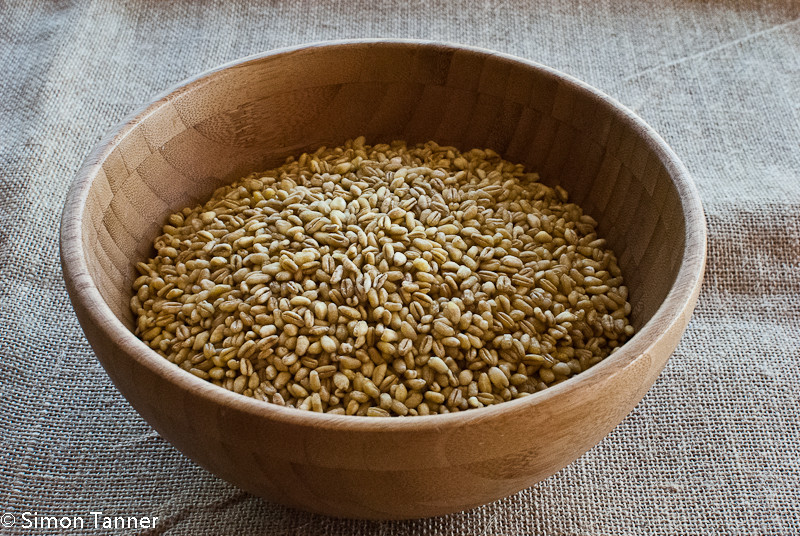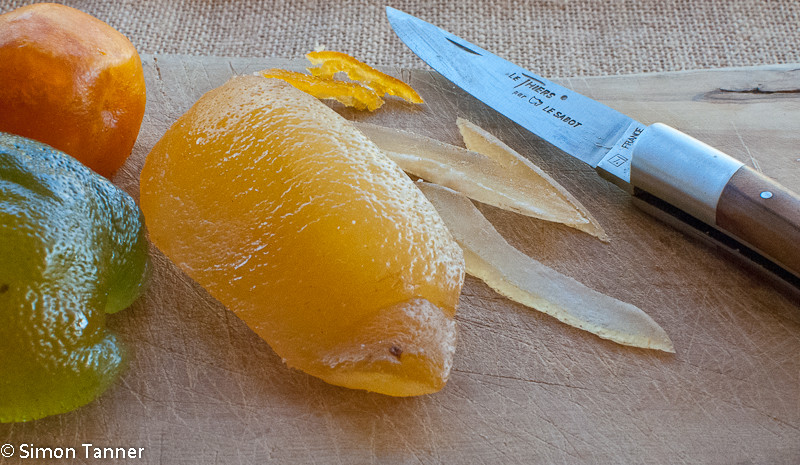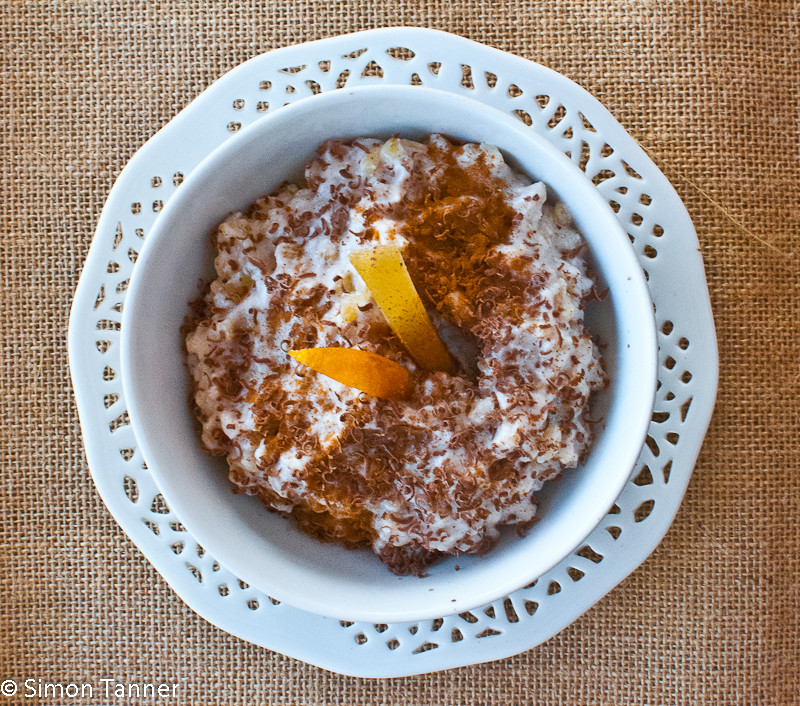 It was recently St. Lucy’s Day (13 December), so no pasta, bread or flour. If you’re wondering why, have a look at last year’s St. Lucy’s Day-themed post.
It was recently St. Lucy’s Day (13 December), so no pasta, bread or flour. If you’re wondering why, have a look at last year’s St. Lucy’s Day-themed post.
St. Lucy is one of Italy’s more popular saints (yes, they do seem to have a sort of internal pecking order), and is celebrated all over the country in various ways, with processions, traditional fairs, fireworks and the lighting of votive candles. The kids in Northern Italy, though, clearly know which side their bread is buttered on, and in Brescia and Bergamo, according to tradition, the saint goes around with a donkey pulling a cart laden with presents. With an impressive knack for exploiting popular festivities, the children of these towns manage to wangle gifts on 13 December, once more on Christmas Day and then again on 6 January, Twelfth Night, when the Italian version of Father Christmas, a wizened old woman, the befana, hands out coal to those who have behaved badly over the year, and sweets and presents to those who have kept their copybook clean. One can only wonder if children in Brescia behave like angels over the Christmas period, or if, quite simply, they are too busy wading their way through mountains of wrapping paper to actually have the time or energy to misbehave in any serious way.
In Sicily, surprise surprise, they prefer to celebrate the day with food. And particularly in Palermo, this means arancine and cuccìa dolce, a rice-puddingy concoction of cooked wheat grains, ricotta and candied fruit. More fattening than toys, admittedly, but tastier. Unless of course you are still at an age when you chew everything.
The recipe itself is embarrassingly simple, but therefore also relies for its success on good raw materials. This is why you want tasty sheep’s milk ricotta rather than the blander cow’s milk version. If you really want to go to town, get hold of some whole candied fruits (orange or tangerine are a must) and dice them yourself. And if you want to be a stickler for tradition, your candied fruit selection should include zucca spinosa (that’s the disturbingly green thing in the photo).
 As with the savoury version of cuccìa discussed in last year’s post, you can of course use unprocessed wheat berries, but in that case you will have to leave them to soak for 24 hours and they’ll take longer to cook. Don’t bother, is all I can say.
As with the savoury version of cuccìa discussed in last year’s post, you can of course use unprocessed wheat berries, but in that case you will have to leave them to soak for 24 hours and they’ll take longer to cook. Don’t bother, is all I can say.
I know the recipe is for 12 people. This is not because I am trying to emulate a typical Sicilian mamma, who would consider cooking for groups smaller than a football team a waste of time. I was actually cooking for eight, but I messed up my calculations. As it happened, everyone had seconds, and believe me, so will you. But just scale the quantities down if you need to.
Delicious, quick and easy: a perfect pudding, basically.
- 500g parboiled wheat berries
- 900g ricotta (preferably from sheep’s milk)
- 250g sugar
- 100ml milk
- 100g candied peel, finely diced
- 50g grated dark chocolate
- 2 teaspoons cinnamon powder, plus some to decorate
- Cook the wheat in lightly salted water according to the instructions on the packet. Drain and leave to cool.
- Mix the ricotta with the sugar and add the milk. Mix well. Don’t worry if the cream seems overly liquid; it will thicken up when the wheat is added. Add the candied peel and cinnamon and mix well again.
- Break up the wheat with your fingers (it may have stuck together in lumps while cooling) and mix well with the ricotta to ensure that the ingredients are evenly distributed.
- Spoon the mixture into a large bowl or individual dishes and chill. Before serving, decorate with the grated chocolate and a further sprinkling of cinnamon.

 English
English